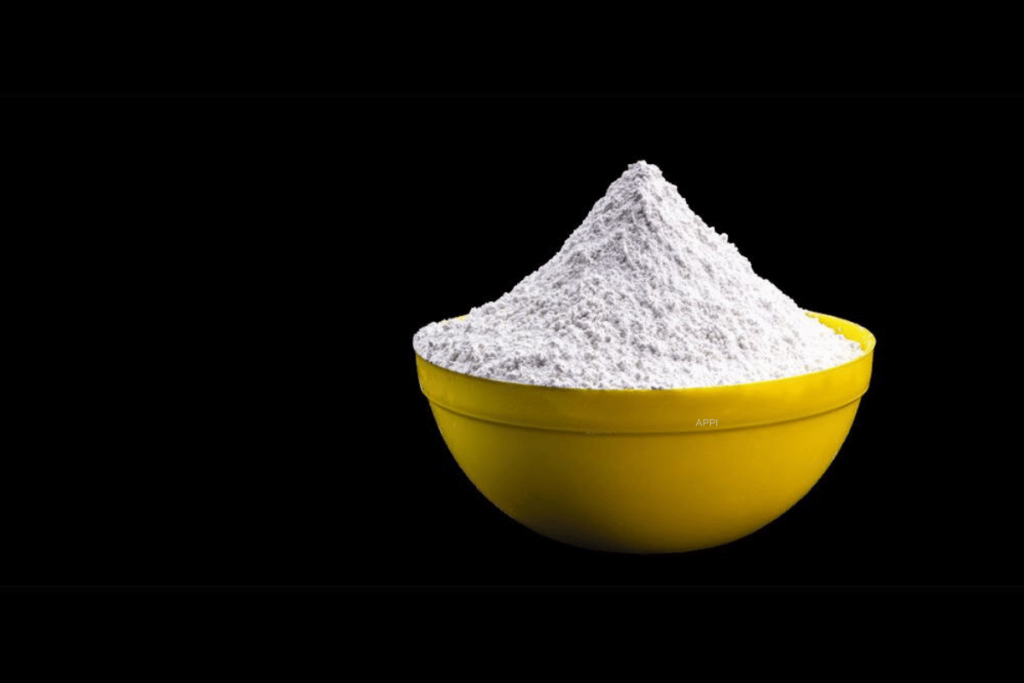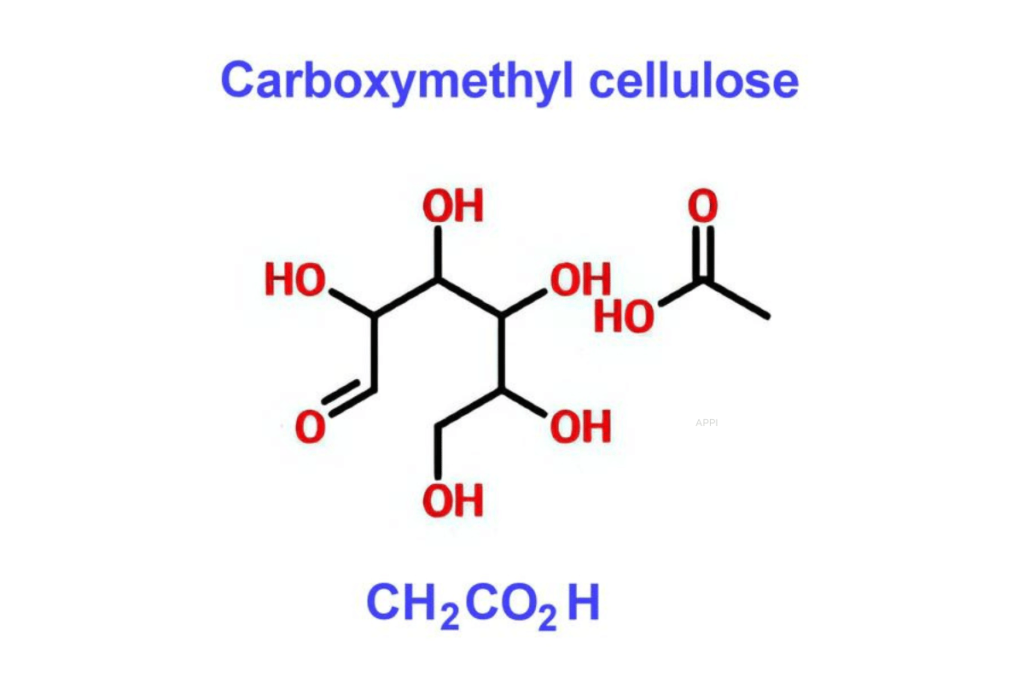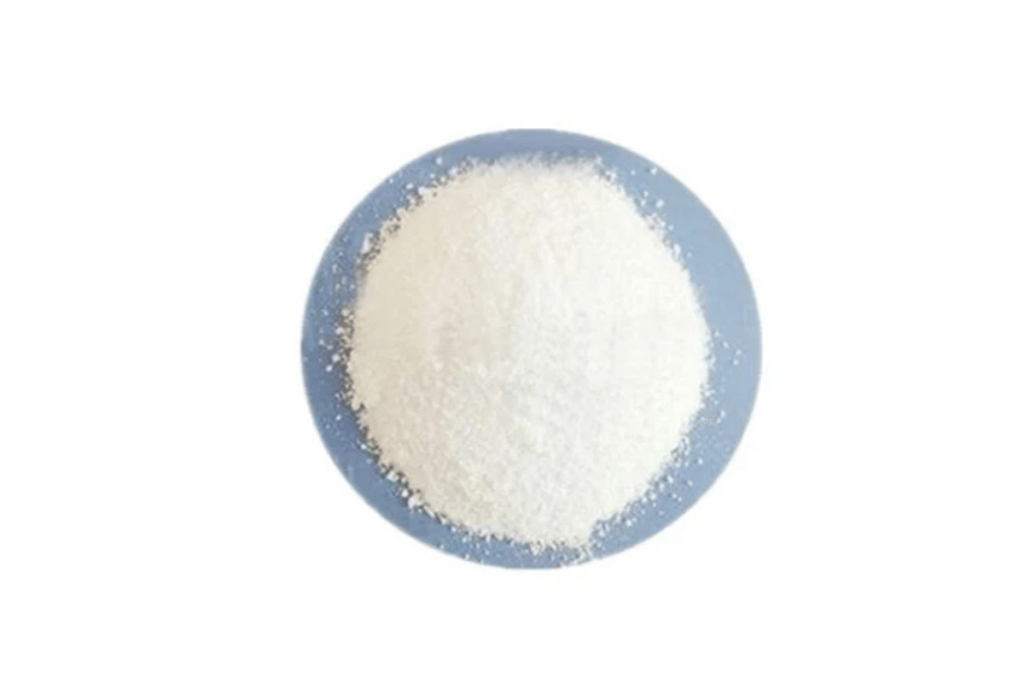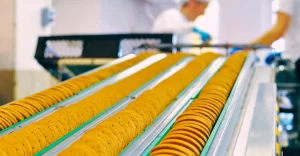For the discerning vegan, navigating the world of food additives is akin to deciphering a complex code, where understanding the origins and production of each ingredient is key. Amidst this landscape lies carboxymethyl cellulose (CMC), a common food additive whose vegan status is not immediately clear. This substance, often found in a diverse array of products from baked goods to dairy alternatives, has sparked a crucial dialogue within the vegan community. The inquiry into whether carboxymethyl cellulose (CMC) is vegan encompasses not just the ingredient itself but also the broader implications for vegan standards and practices. As we embark on this analysis, we’ll unravel the intricacies behind CMC, offering clarity to those committed to a lifestyle free from animal-derived substances.

Addressing the Core Inquiry: Vegan Implications of Carboxymethyl Cellulose
The question of whether carboxymethyl cellulose (CMC) is vegan is more than cursory curiosity; it is a critical concern for those adhering to a vegan lifestyle. Vegan consumers meticulously scrutinize ingredients to ensure that their consumption aligns with ethical and health standards that prohibit animal-derived substances.
CMC, a ubiquitous ingredient found in a multitude of food products, presents itself as a subject of scrutiny due to its widespread use and non-descript nature. Derived from cellulose, which is plant-based, CMC in its purest form is indeed vegan. However, the complexity lies in the manufacturing process, which could potentially incorporate animal-derived products or by-products.
The vegan community often turns to authoritative voices within the field of food science for clarity on such matters. For instance, statements from vegan certification bodies can provide assurance about the vegan status of ingredients like CMC. Similarly, understanding whether products like cellulose gel, microcrystalline cellulose, guar gum, lutein, xanthan gum, carrageenan, maltodextrin, and hypromellose align with vegan standards is essential for informed dietary choices.
It is not only about the origin of the raw materials but also about the ethics of production, including the testing methods and potential for cross-contamination. Dr. Jane Anderson, a respected biochemist specializing in food additives, emphasizes, “While the base substances of many thickeners and stabilizers are plant-derived, a comprehensive vegan standard would also take into account the complete lifecycle of the product, including sourcing, processing, and packaging.”
As we delve deeper into the production of CMC and its counterparts, it becomes imperative to examine each step against vegan benchmarks, providing the vegan community with the transparency they seek. This section has laid the groundwork for a deeper investigation into the vegan status of CMC and similar additives, ensuring consumers are equipped with knowledge that is both reliable and reflective of their ethical choices.
Unraveling the Production of Carboxymethyl Cellulose
Sourcing of Carboxymethyl Cellulose
Carboxymethyl cellulose (CMC) is sourced from cellulose, the most abundant organic polymer on Earth. The cellulose used for CMC production is typically derived from wood pulp or cotton lint, which are plant-based and renewable resources. This initial sourcing step is critical, as it sets the foundation for CMC being considered a vegan-friendly product. According to a publication in the Journal of Sustainable Forestry, the wood pulp used for creating CMC is often obtained from managed forests where sustainability practices are in place, ensuring minimal environmental impact and promoting renewability.
The Manufacturing Process
The transformation of cellulose into CMC involves a chemical modification called etherification. During this process, the hydroxyl groups of the cellulose molecules are partially substituted with carboxymethyl groups using sodium hydroxide and chloroacetic acid. This reaction typically takes place in an alkaline environment and is followed by a series of washing and neutralizing steps to obtain the sodium salt form of carboxymethyl cellulose—sodium carboxymethyl cellulose. As highlighted by a report in Chemical Engineering Communications, the manufacturing process is designed to minimize waste and optimize the use of materials, aligning with modern sustainability standards.
Cross-Contamination and Animal Testing
Cross-contamination is a significant concern for vegans when it comes to the production of additives like CMC. Facilities that produce multiple products could inadvertently introduce animal-derived substances into vegan products. However, many manufacturers now adhere to strict segregation practices to prevent such occurrences, as outlined in guidelines by vegan certification organizations. Moreover, there is a growing trend to eliminate animal testing in the development of food additives, supported by advancements in bio-ethical research methods. Statements from vegan certification bodies, such as The Vegan Society, affirm that certified vegan products, including those containing CMC, are free from animal testing, ensuring that they meet the rigorous standards expected by the vegan community.
The production of CMC is a complex process that intertwines with the principles of veganism at multiple levels. From the sourcing of plant-based cellulose to the final stages of manufacturing, ensuring the product remains free from animal derivatives and contamination is paramount. The insights from industry experts and vegan authorities underscore the importance of transparency and adherence to vegan standards throughout the production journey of CMC.

Interpreting Vegan Standards: Carboxymethyl Cellulose Under Scrutiny
When assessing the vegan status of carboxymethyl cellulose (CMC) and its counterparts like cellulose gel, microcrystalline cellulose, guar gum, xanthan gum, carrageenan, maltodextrin, and hypromellose, it is crucial to consider the standards set by vegan advocacy groups and the intricacies of food science.
CMC and cellulose gel are plant-based products derived from cellulose, which is a natural polysaccharide found in plant cell walls. Microcrystalline cellulose is also a refined wood pulp derivative and is generally considered vegan. These substances are commonly used in the food industry for their thickening and stabilizing properties and do not directly contain animal products or by-products.
Guar gum and xanthan gum are both polysaccharides that serve as gelling agents in a variety of food products. Guar gum is derived from guar beans, while xanthan gum is produced through bacterial fermentation, which can involve growth media that may or may not be vegan. However, commercial xanthan gum is typically considered vegan.
Lutein is a pigment commonly sourced from marigold flowers, but it can also be obtained from animal sources, which necessitates verification of its origin for it to be classified as vegan.
Carrageenan is extracted from red seaweed and is used in food processing for its gelling, thickening, and stabilizing properties. It is inherently vegan, being a marine plant-based product.
Maltodextrin, a carbohydrate produced from starch through hydrolysis, is typically derived from corn, rice, or potato starch, and is generally recognized as vegan.
Hypromellose, or hydroxypropyl methylcellulose, is a chemically modified cellulose and is also considered vegan as it does not involve animal substances in its standard production process.
The evaluation of these additives often comes down to the individual manufacturing processes, which may vary by producer. Cross-contamination can occur in facilities that process both non-vegan and vegan products, and this is where certification from recognized vegan organizations becomes invaluable. Such certifications ensure that not only are the ingredients vegan, but the production process also adheres to vegan standards, including the absence of animal testing.
According to vegan food scientist Dr. Ava Cadell, “The vegan status of food additives like CMC or others isn’t just about their raw materials. It’s also defined by the production process, possible animal testing, and cross-contamination with non-vegan products. Vegan certifications help to reassure consumers about these aspects.”
In conclusion, CMC and most of the aforementioned additives are vegan by nature of their ingredients. However, to meet the strictest vegan standards, they must be produced in a way that avoids any animal-derived inputs or contamination. The input from vegan advocacy organizations and certification bodies is essential for providing the necessary assurances to the vegan community.

In the exploration of carboxymethyl cellulose (CMC) and its alignment with vegan values, we’ve navigated through its sourcing, production, and the rigorous standards of vegan certification. It’s clear that CMC, along with cellulose gel, microcrystalline cellulose, guar gum, xanthan gum, carrageenan, maltodextrin, and hypromellose, generally hold up as vegan-friendly ingredients. These substances are derived from plant-based or synthetic sources, which aligns with the dietary restrictions of veganism.
However, the conversation around veganism often extends beyond the source of ingredients, encompassing the manufacturing process, potential cross-contamination, and animal testing. Credible statements from vegan certification bodies affirm that when these additives, including CMC, are produced in facilities that uphold strict vegan standards, they retain their status as vegan.
It’s imperative for vegans to remain informed and vigilant, understanding that while the nature of these additives is plant-based, the guarantee of a vegan product comes from a comprehensive view of its lifecycle from production to packaging. This analysis serves not only to inform but to inspire further inquiry and discussion about the complexities of vegan consumption in a diverse market.
In summarizing, the consensus within the scientific and vegan communities suggests that CMC and the other mentioned additives are indeed vegan when produced under strict standards that prevent any form of animal exploitation. This insight offers peace of mind to the vegan consumer, affirming their lifestyle choice is supported by the careful consideration of these ubiquitous food additives.
FAQ: Clarifying Vegan Concerns About Carboxymethyl Cellulose and Other Additives
Is Carboxymethyl Cellulose (CMC) Vegan-Friendly?
Carboxymethyl cellulose (CMC) is a plant-based additive made from cellulose, the structural component of plants. Therefore, it is considered vegan-friendly as it does not involve animal-derived ingredients in its standard production process.
Can Vegans Consume Products Containing Cellulose Gel?
Yes, cellulose gel is derived from cellulose, making it a vegetarian and vegan-acceptable additive.
What About Microcrystalline Cellulose?
Microcrystalline cellulose is vegan as well. It is a refined form of cellulose derived from plant fibers and used in food production as an anti-caking agent, emulsifier, and fat substitute.
Is Guar Gum Acceptable for a Vegan Diet?
Guar gum is extracted from the seeds of the guar plant and is thus suitable for vegans.
Are Lutein Supplements Vegan?
Lutein is typically extracted from marigold flowers; however, vegans should ensure it has not been encapsulated in gelatin or mixed with other non-vegan ingredients, which is sometimes the case in dietary supplements.
Can Vegans Use Xanthan Gum?
Xanthan gum is a polysaccharide created using bacterial fermentation and is considered vegan. However, it is crucial to check if the fermentation media used are free from animal derivatives.
Is Carrageenan a Vegan Ingredient?
Carrageenan, sourced from red algae or seaweed, is vegan. It is widely used in the food industry as a thickener and stabilizer.
What About Maltodextrin?
Maltodextrin is a starch-derived polysaccharide and is typically vegan, although it is always good practice to confirm the source.
And Hypromellose?
Hypromellose is a synthetic ingredient used as an alternative to gelatin in vegan medications and supplements, and it is vegan-friendly.





